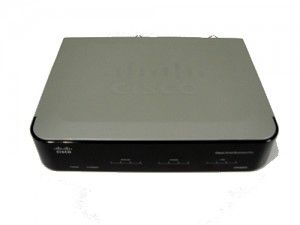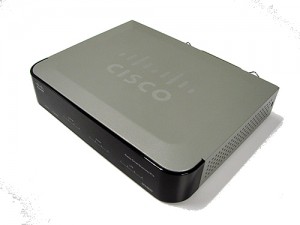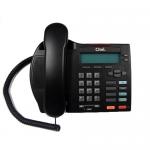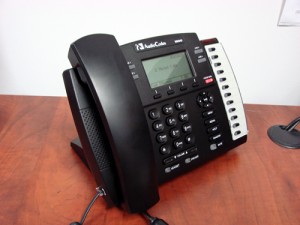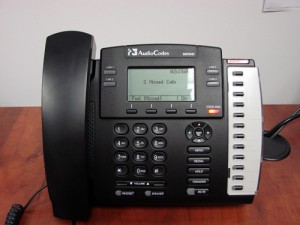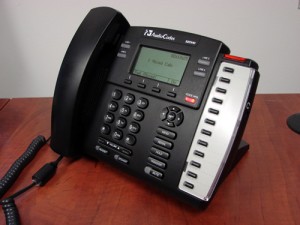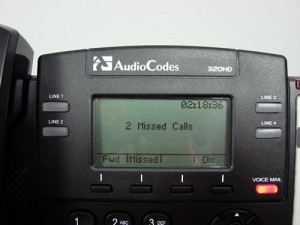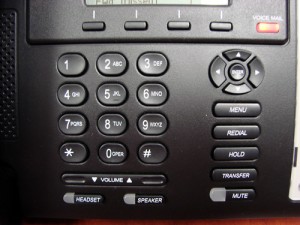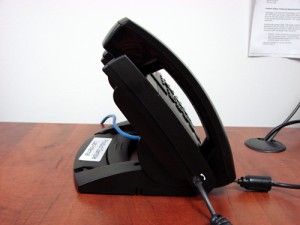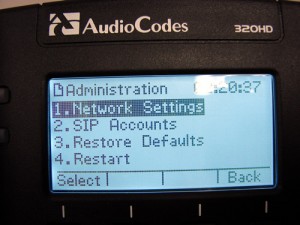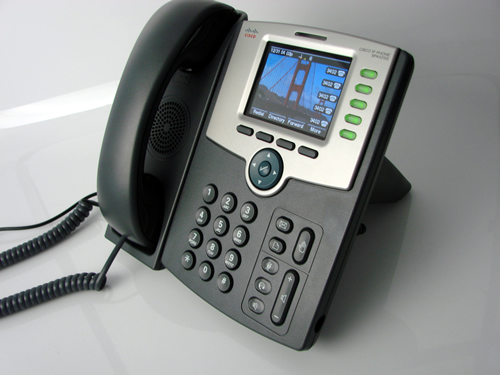Don’t block Mobile VoIP, just charge more for it
That’s exactly what Duetsche Telekom, T-Mobile parent and one of the world’s largest mobile operators, is doing.
Duetsche Telekom, which until today had banned access to VoIP services over their wireless networks, has announced new plans that will allow it’s users to pay an additional fee for the ability to place VoIP calls. The plans, which start at EUR 9.99, will be tiered based on usage.
This news is a victory for consumers (and mobile VoIP providers) who’ve been snubbed by carriers and a sign that the “tides are continuing to change” with respects to mobile carrier bans on VoIP services. Some may argue that VoIP is just an application or utility, like Google, and thus shouldn’t have to pay extra to use it.
I say take what you can get.
And while it’s still not the end goal, paying $10 for access is a small price when compared to the fees one could rack up making international calls at Duetsche Telekom’s rates.


